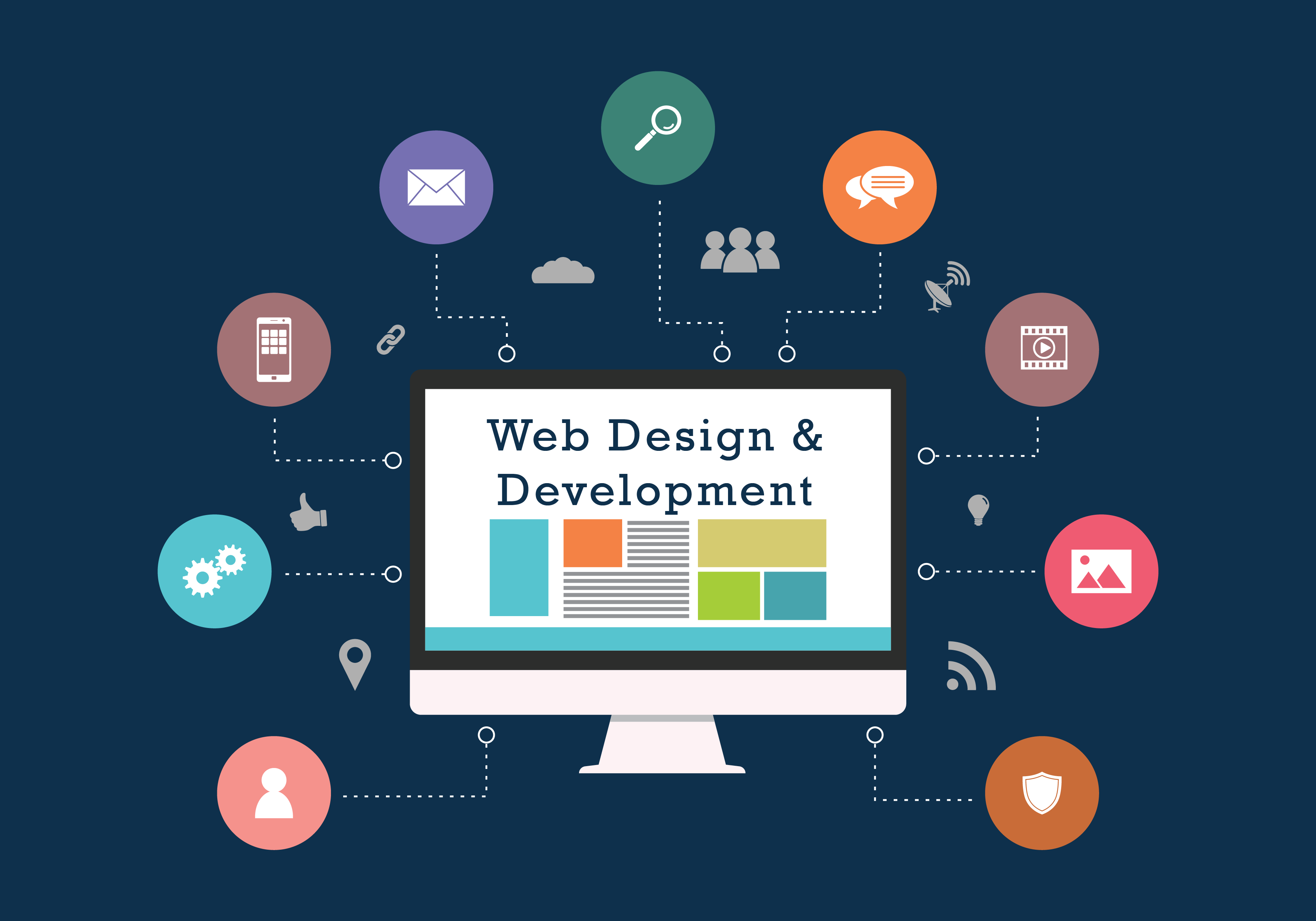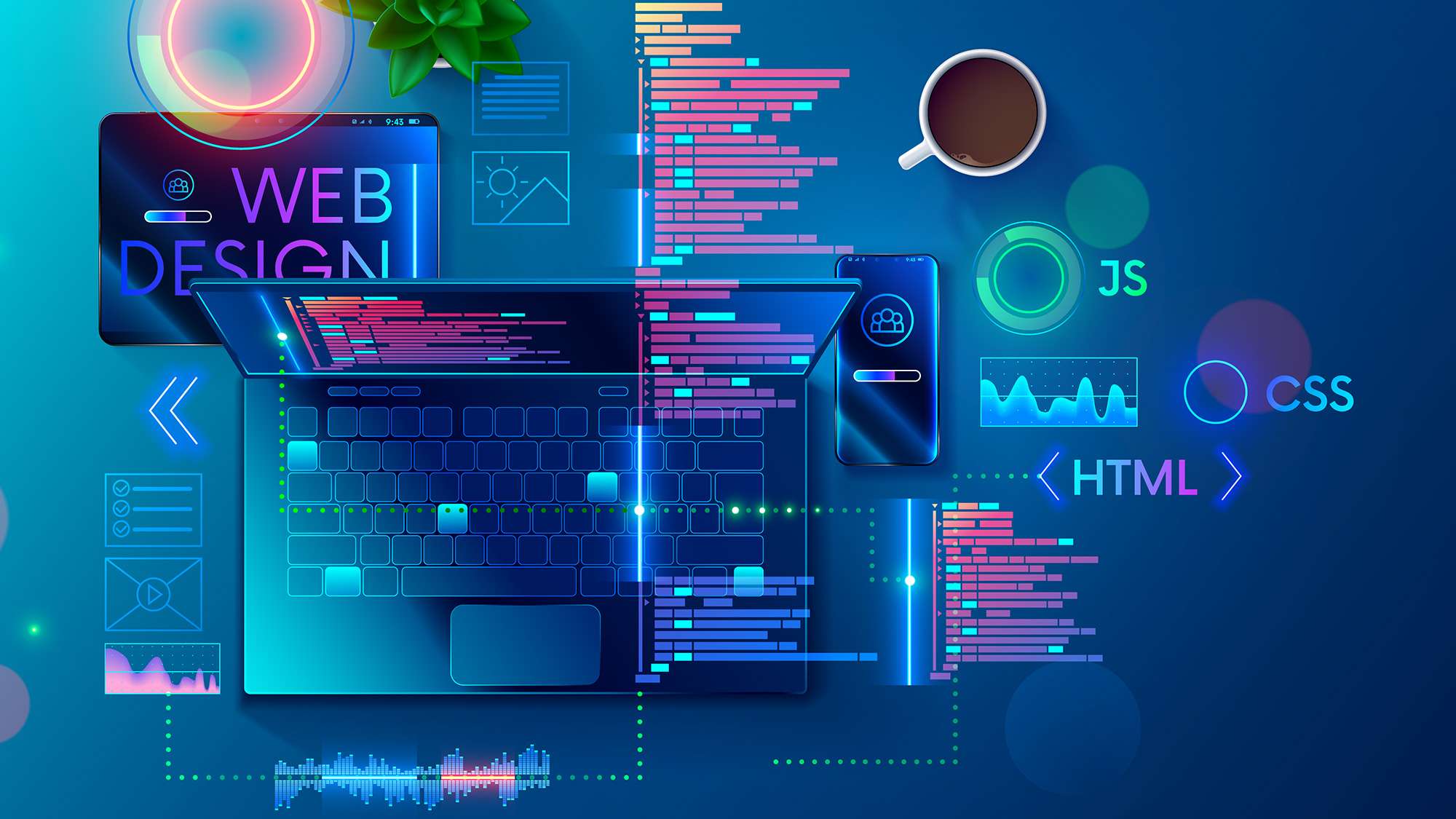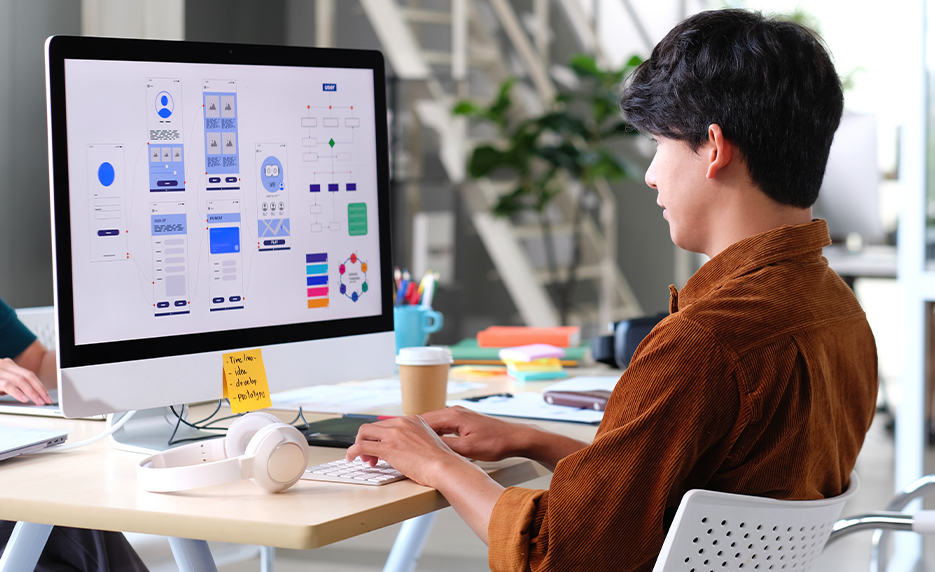Maximize Customer Experience With Cutting-edge Internet Site Design Solutions
In today's digital landscape, maximizing user experience through innovative site style solutions is important for organizations looking for to involve their target market successfully. By welcoming user-centric design principles, organizations can create user interfaces that not only meet customer needs yet also improve total complete satisfaction. Secret factors such as responsive layouts, instinctive navigating, and effective visual hierarchy play a crucial role in this procedure. The integration of interactive elements can further boost the individual trip, prompting a reevaluation of traditional style methods. When we think about the progressing assumptions of individuals?, what strategies might emerge.
Comprehending User-Centric Style

To implement user-centric style efficiently, it is necessary to carry out detailed research, including user meetings, studies, and use testing. These research study techniques give beneficial information that informs layout decisions, making sure that the end product aligns with customer assumptions. Furthermore, creating customer personalities can aid developers imagine and understand with the end-users, directing the design process toward a lot more relevant solutions.
Additionally, iterative style is a crucial component of user-centric approaches. By constantly screening and refining styles based on customer responses, developers can determine pain factors and areas of improvement, leading to a more sleek end product. Ultimately, user-centric style is not merely a phase in the advancement procedure however a continual dedication to focusing on customer demands, resulting in even more reliable and interesting electronic experiences.
Importance of Responsive Layouts
As electronic interactions increasingly happen throughout a selection of gadgets, the relevance of responsive designs can not be overemphasized. A responsive design makes certain that a site adjusts seamlessly to different display sizes, from desktop displays to mobile phones. This adaptability is critical in today's multi-device landscape, where users anticipate a interesting and consistent experience no matter how they access content.
The key advantage of receptive layout is boosted individual contentment. When an internet site is enhanced for all tools, it minimizes the demand for zooming, scrolling, or horizontal navigation, which can lead and annoy customers to higher bounce prices. In addition, search engines like Google focus on mobile-friendly internet sites in their ranking algorithms, making receptive formats vital for efficient SEO techniques.
Rather of taking care of separate versions of an internet site for various gadgets, a single, fluid layout can be changed, saving time and resources. Inevitably, spending in responsive layouts is not simply a trend; it is an essential concept of modern-day internet design that substantially boosts individual experience and involvement.
Enhancing Navigation and Ease Of Access
Efficient navigation and accessibility are critical components of a well-designed web site, substantially influencing user interaction and complete satisfaction. A straightforward navigating structure enables site visitors to find information swiftly and intuitively, reducing irritation and raising the possibility of repeat visits. Implementing clear, descriptive tags for navigation links, together with a rational hierarchy, can direct individuals flawlessly via the internet site.
Availability is similarly essential, ensuring that all individuals, no matter their handicaps or capacities, can interact with the website efficiently. This can be achieved through using suitable shade contrasts, text dimensions, and alt text for pictures, which together enhance the experience for aesthetically damaged customers. Including key-board navigation and screen visitor compatibility increases access for customers with diverse needs.
Routine usability testing can provide useful insights into navigation effectiveness and ease visit our website of access concerns. By gathering feedback from genuine individuals, designers can recognize discomfort factors and make informed modifications. Ultimately, prioritizing navigating and availability not just promotes inclusivity but additionally grows a positive customer experience, reinforcing the brand name's commitment to quality and individual treatment in a progressively electronic landscape.
Making Use Of Visual Power Structure Properly
Visual hierarchy acts as an assisting framework in web site design, directing individuals' attention to the most essential elements on a page. By tactically arranging visual components such as spacing, typography, and shade, developers can develop a clear path for users to follow. This structure not only improves customer experience but also improves material understanding.
One reliable means to develop visual power structure is via making use of size and scale. Bigger aspects naturally bring in more interest, making headlines and essential visuals popular. Complementing this approach with contrasting colors can further separate main web content from second information, making sure that important info sticks out.
Moreover, the setup of components plays a vital role in leading user communication. Employing a grid format can develop a natural flow, while whitespace assists to different content and minimize cognitive lots - Website Design. This willful spacing allows individuals to process info extra conveniently, leading to enhanced engagement
Last but not least, utilizing you could try here regular layout patterns helps enhance visual pecking order, supplying users with acquainted signs as they navigate the site. By prioritizing these concepts, developers can successfully optimize customer experience, making sure that site visitors can effortlessly situate the information they look for.
Integrating Interactive Aspects
The consolidation of interactive elements into internet site layout can substantially improve individual engagement and total experience. Interactive attributes such as sliders, quizzes, and surveys not only captivate customers but likewise promote active participation, making the searching experience extra unforgettable. By encouraging customers to communicate, sites can efficiently maintain interest and minimize bounce rates.
Moreover, incorporating vibrant web content like animations and float effects adds an attractive layer of interactivity. These aspects can direct users with ease via the site, highlighting crucial details and contacts us to action. Animated switches can draw interest and improve click-through rates.
Additionally, customization through interactive devices such as chatbots or suggestion engines allows internet sites to provide to individual preferences, cultivating a sense of link. This tailored technique not only enhances customer satisfaction yet likewise urges repeat check outs.
Integrating analytics devices to track communications offers important understandings into individual actions, making it possible for continual renovation of the interactive elements. Ultimately, a properly designed interactive experience transforms a passive browsing session right into an interesting journey, bring about increased individual complete satisfaction and loyalty. Incorporating interactive elements is important for making best use of individual experience in modern-day website design.
Final Thought

In today's digital landscape, optimizing user experience via innovative website design solutions is crucial for companies seeking to engage their target market successfully. Inevitably, prioritizing navigation and availability not just fosters inclusivity but likewise cultivates a favorable customer experience, enhancing the brand name's dedication to quality and customer care in an increasingly digital landscape.

In verdict, making best Clicking Here use of individual experience through ingenious website layout services demands a commitment to user-centric concepts. Website Design.